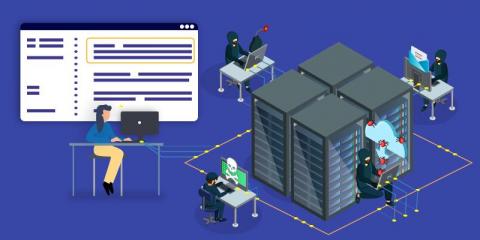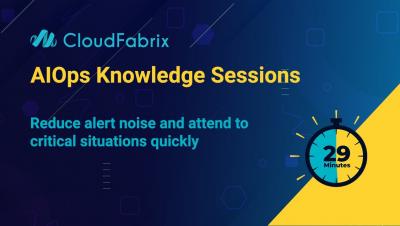The ISO 9000 Family As It Relates To Operations
In a world where customers gravitate towards the best products and services, upholding high levels of quality as a business is a no-brainer. Being quality-centric in all your business processes ensures you can steer away from common errors. It can also improve your overall productivity as well as improve your customer retention rates. While there are various standards you can follow to improve the quality of your daily operations, the ISO 9000 standard remains to be one of the best. Even better, it is recognized globally, which could make it easier to do business the world over. The ISO 9000 family consists of five standards.










